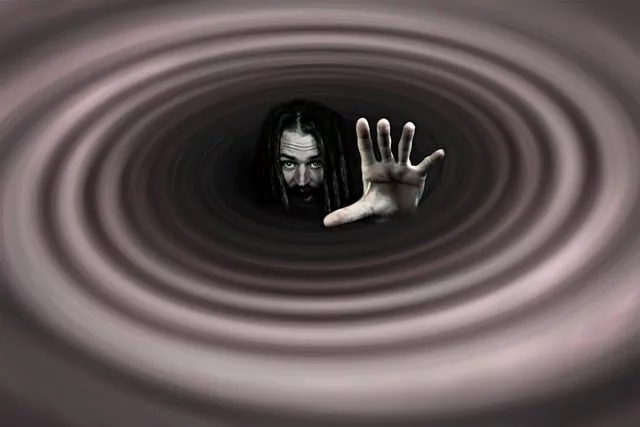Pushback against post-traumatic stress disorder (PTSD) as simply a psychological condition rather than a physical brain injury began about 10 years ago. The attachment to the emotional horrors made sense. But the idea that soldiers exposed to the rigors of combat were not sustaining unseen brain injuries did not sit well with some neurologists or, for that matter, physicists. There’s now some evidence they were right.

A study released in The Lancet Neurology Journal on June 9th, just in time for PTSD Awareness Month, found a distinctive pattern of scarring on the brains of eight deceased military combat veterans, each of whom were exposed to explosive blasts in combat and survived between 4 days and 9 years after their injuries.
“We talk about PTSD being a psychiatric problem,” Dr. Daniel Perl, lead author of the study, told the New York Times. “But at least in some cases, no – their brain has been damaged.”
PTSD Facts and Statistics
In a given year, an estimated 7.7 million American adults are affected by post-traumatic stress disorder. It is one of the costliest disorders in society, due in large part to undertreatment and misdiagnosis.
According to the U.S. Department of Veterans Affairs website, other important facts about PTSD from the National Institutes of Health and Department of Veteran Affairs include:
- Events such as physical/sexual assault, serious accidents, natural disasters, long/short-term abuse and sudden emotional loss can cause PTSD
- The symptoms of PTSD, such as depression, anxiety, intense feelings of guilt, bad dreams and angry outbursts can be incredibly painful
- Self-medicating with drugs and alcohol is incredibly common and often leads to a dual diagnosis condition, where substance abuse worsens the symptoms of PTSD and vice versa
- Women are more than twice as likely to develop PTSD as men
- Nearly 50 percent of all outpatient mental health patients have PTSD
- Individuals with PTSD suffer higher rates of divorce, alcoholism, drug addiction, criminal troubles, depression and suicide
Dr. Perl cautioned that the study has serious limitations. It was conducted on a small and specific group of veterans exposed to blasts during combat and it is impossible to know if any of those studied had suffered previous head injuries.
Another issue, like with Chronic Traumatic Encephalopathy (CTE), the physical evidence of PTSD on the brain – the pattern of scars that look like brown dust – can’t be seen until after death. For some, though, that’s enough.
“This is proof that this man died in combat,” Jennifer Collins, the wife of one of the vets studied, said in an interview with the New York Times. “It took several years to kill him, but he died in combat.” After 17 years of military service, fighting in both Iraq and Afghanistan, Collin’s husband, a Navy SEAL, committed suicide two years after his retirement in 2012.
The implications that these new findings will have for the treatment of PTSD, on both veterans of combat and everyday people that battle the difficult condition, are still unclear.
Currently, once a diagnosis is made, PTSD is a treatable condition. Patients generally undergo a combination of counseling and medications that help address their symptoms.
Just knowing, that there might be a physical wound that explains the mental pain will help some victims reach out.
During PTSD Awareness Month in June, take the opportunity to learn more about the condition and, perhaps, reach out to those that might be in need of help.
Related:
What Are the Benefits of Post-Traumatic Growth?
The Symptoms of Depression Range from Mild to Severe





